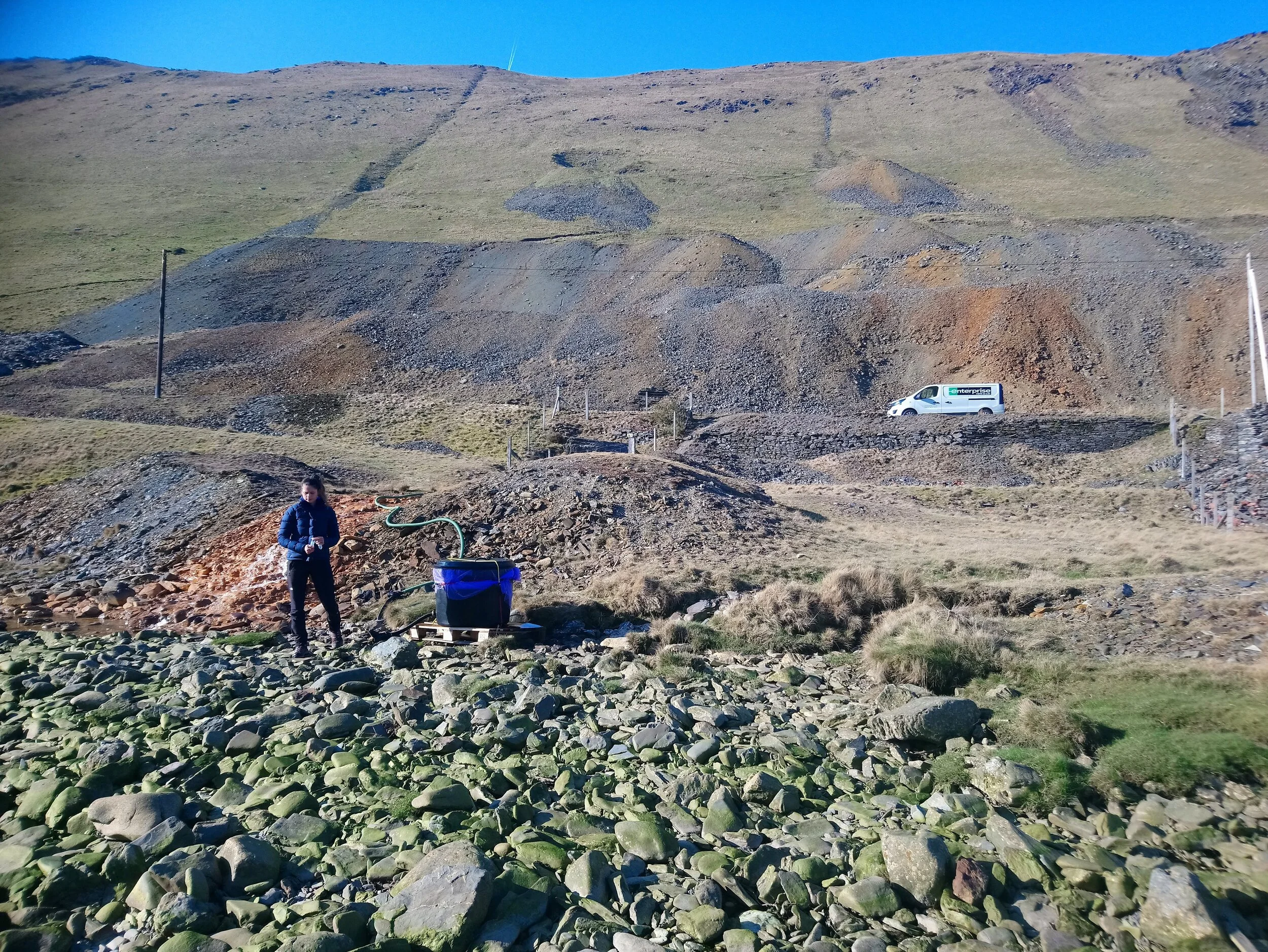Lead in the way:
developing low-cost passive remediation methods for legacy metal mine pollution
By Prof. Chris Greenwell
If you missed this event go to our YouTube Channel where a recording will be available to watch until 8th April.
Abandoned metal mines are an important part of the industrial heritage of the United Kingdom. In the mid-Wales ore belt, copper, zinc and lead, sometimes with silver, were produced at different times. Operating, in some cases, since the bronze age, production peaked in the 18th and 19th Centuries, with many mines becoming uneconomic by the early 20th Century.
Today, above ground, little may be left of the mines other than spoil heaps and nearby villages with disproportionally large chapels. Below ground, however, shafts and tunnels stretch for many miles, some containing relic equipment, and are little frequented except by enthusiasts of mine exploration. When the pumps keeping the working levels were decommissioned, the mines slowly filled with water, which reacted with the metal sulphide ores to produce acidic, anoxic water with high levels of dissolved metals. This water continued to rise until it reached the level of horizontal adits, where it began to drain outwards, flowing downhill from the mines to mingle with metals washed from the spoil heaps and join local streams and rivers. In many cases, the rising acidic water flowed over buffering rock units, such as limestone, and the pH was neutralised, though high levels of dissolved metals remained. Metal mine drainage is responsible for significant stretches of UK rivers failing environmental quality standards. This presentation will look at low-cost and sustainable ways of treating metal mine discharge, focussing on recent work undertaken by the Greenwell group using alginate, a material obtained from seaweed.
About the speaker:
Prof. Chris Greenwell is a physical chemist and geochemist in the Department of Earth Sciences, Durham University. Chris’s research mainly seeks to understand interactions and reactions of mineral surfaces. Chris completed his PhD at the University of Cambridge in 2003, where he studied the reactivity and synthesis of layered hydroxide minerals using computer simulations and experiments.
This was followed by a posts at University College London, using massive computational simulations to obtain mechanical and structural properties of clay minerals, and the School of Ocean Sciences, University of Wales, primarily working on renewable fuels and wellbore stability. In 2007, Chris was elected the Addison Wheeler Fellow at Durham University where he studied early Earth geochemistry. In 2010 Chris was made lecturer in Geoenergy in the Department of Earth Sciences, rising to Professor by 2015 and receiving the Max Hey medal of the Mineralogical Society along the way. Chris’s present research team studies a range of environmental and hydrocarbon related problems, including the remediation of metal mine sites using low cost sorbents.


